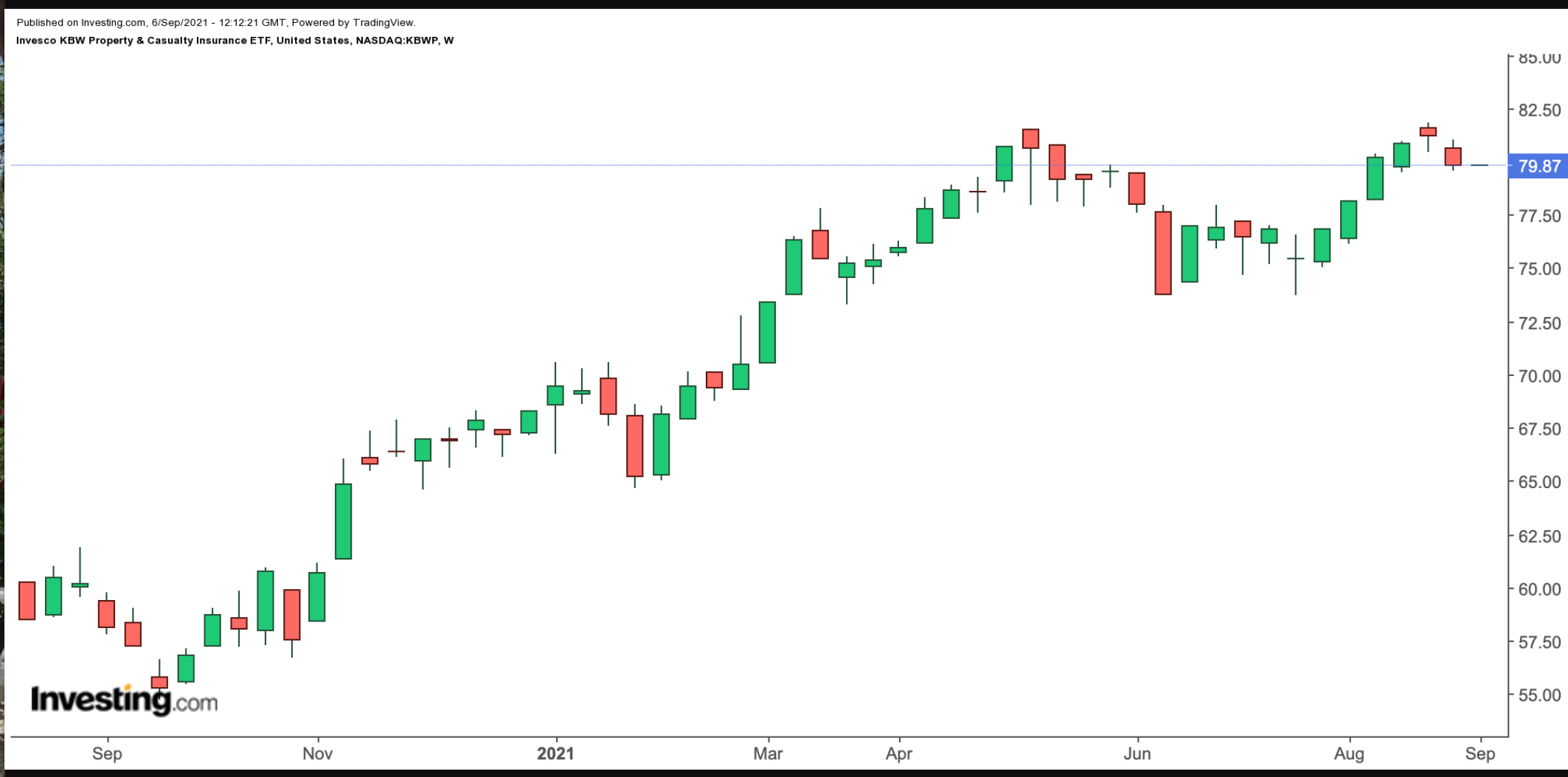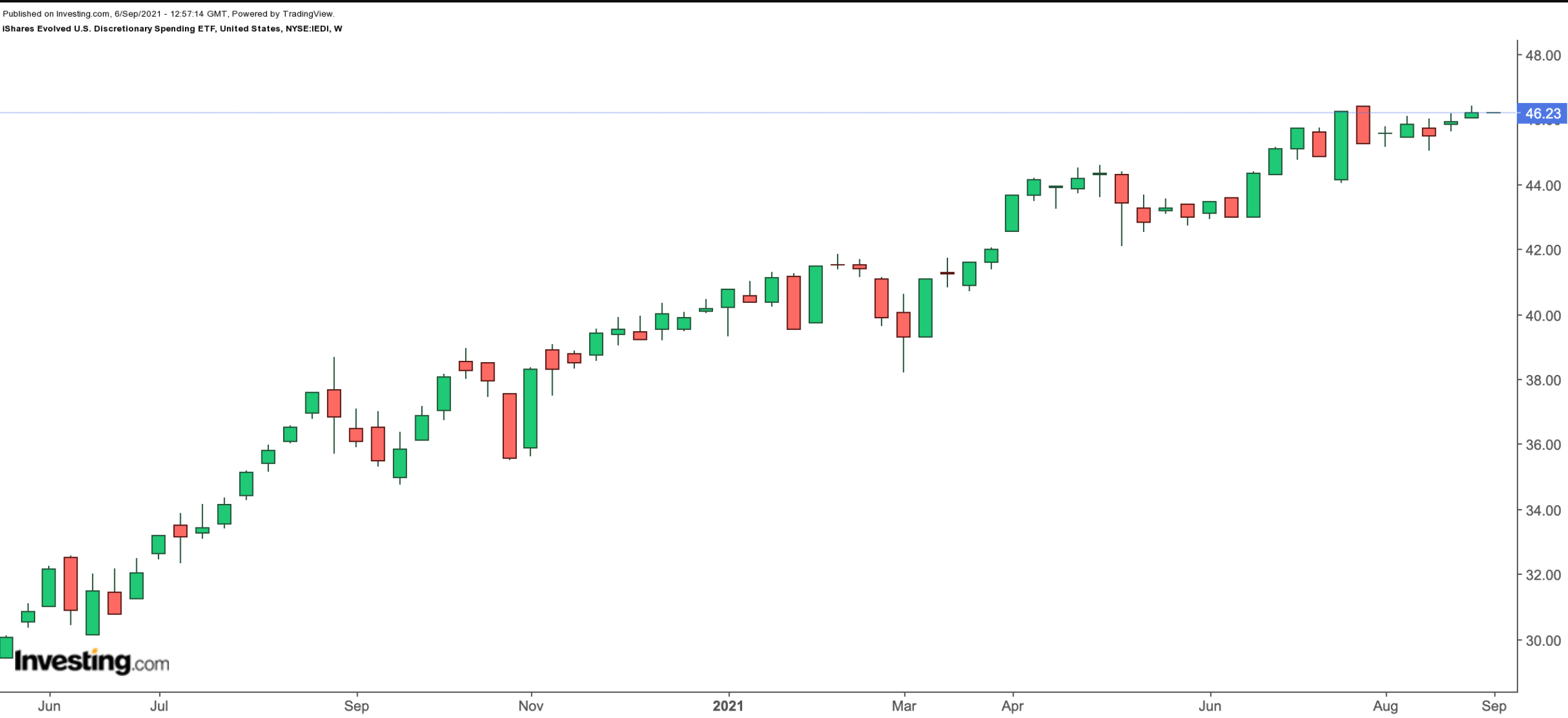September is regarded as the most active month of the hurricane season—the Atlantic hurricane season extends from early June to late November, and the Eastern Pacific hurricane season runs from mid-May to November.
In recent days, Hurricane Ida has meant devastation for communities across Louisiana. In addition to the human cost, hurricanes also affect a range of sectors, either before or after the event.
Insurance companies typically make headlines as they have to work through a large number of claims.
According to NOAA National Centers for Environmental Information (NCEI):
“The US has sustained 298 weather and climate disasters since 1980 where overall damages/costs reached or exceeded $1 billion. The total cost of these 298 events exceeds $1.975 trillion.”
Home improvement and food retailers, and battery and generator suppliers also see an uptick in business due to hurricanes. And any increase in severe weather conditions always leads to more debate around climate change.
In 2019, Blackrock remarked:
“US metro areas will likely suffer annualized gross domestic product (GDP) losses of 1% or more by 2060-2080 under a 'no climate action' scenario.”
Extreme weather events focus also focus attention on renewable energy and water treatment companies.
So today we introduce two exchange-traded funds (ETFs) that could appeal to investors interested in sectors that are likely to be affected by the hurricane season.
1. Invesco KBW Property & Casualty Insurance ETF
Current Price: $79.87
52-Week Range: $54.72 - $81.84
Dividend Yield: 1.90%
Expense Ratio: 0.35% per year
The Invesco KBW Property & Casualty Insurance ETF (NASDAQ:KBWP) gives access to a range of property and casualty insurance companies. It started trading in December 2010.
The insurance industry in the US is a key component of the economy. Recent metrics highlight:
“The size of the property, casualty and direct insurance market in the United States is expected to reach 696.67 billion US dollars in 2021.”

KBWP, which has 25 holdings, tracks the KBW NASDAQ Property & Casualty index. In terms of sub-sectors, funds are distributed among property and casualty insurance (69.79%), multi-line insurance (20.73%) and reinsurance (9.48%).
The top 10 names compose about 55% of net assets of almost $88 million. Chubb (NYSE:CB), American International Group (NYSE:AIG), Travelers Companies (NYSE:TRV), Allstate (NYSE:ALL) and Progressive (NYSE:PGR) lead the names in the roster.
Year-to-date, the fund is up almost 17%,. It hit a record high on Aug. 25. Forward P/E and P/B ratios stand at 12.95x and 1.39x, respectively. Despite the recent run-up in price, we believe many names in the fund are likely to create shareholder value in future quarters. Potential investors could consider buying the dips.
2. iShares Evolved US Discretionary Spending ETF
Current Price: $46.23
52-Week Range: $34.75 - $46.43
Dividend Yield: 0.71%
Expense Ratio: 0.18% per year
The iShares Evolved US Discretionary Spending ETF (NYSE:IEDI) invests in US businesses that derive part of their revenues from consumers’ discretionary spending.

IEDI, which has 205 holdings, started trading in March 2018. In terms of the sub-sectoral breakdown, retailing makes up the largest slice, with 48.22%; followed by the consumer services (13.33%); and food and staples (13.03%). The fund’s top 10 holdings account for 56% of net assets of $23.1 million. In other words, it is still a small fund.
Amazon (NASDAQ:AMZN), Home Depot (NYSE:HD), Walmart (NYSE:WMT), Apple (NASDAQ:AAPL) and Costco (NASDAQ:COST) lead the names in the fund. Customers visit many of these names before and after a hurricane as the shop for essentials. In addition, the new school year has meant an increase in shopping for school essentials (a topic we’ve recently covered here).
Over the past year, the fund is up about 24%, and hit a record high in recent days. Trailing P/E and P/B ratios are 38.94x and 9.72x, respectively. We believe short-term profit-taking could soon put pressure on a number of leading names in the fund. A potential decline toward $43 would improve the margin of safety for long-term investors.
